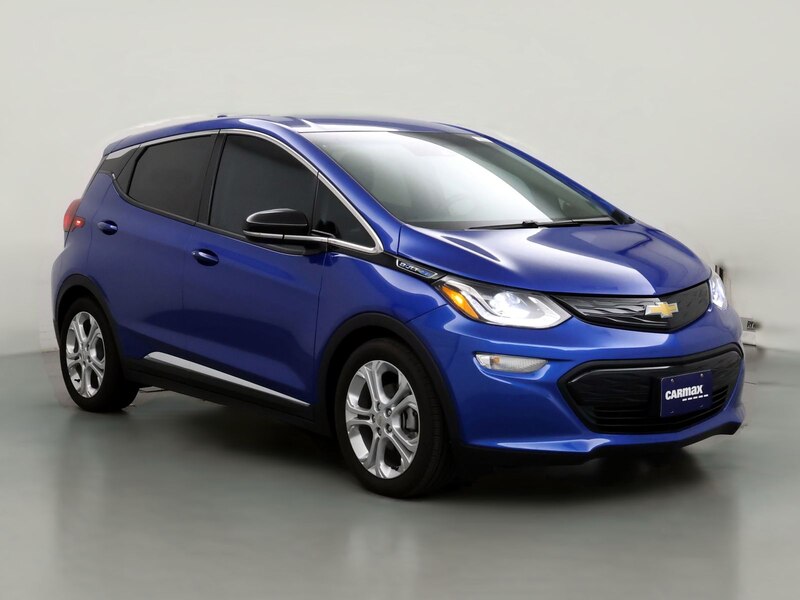When California passed legislation banning the sale of gas-powered vehicles by 2035, and 17 states legally follow California standards, many observers questioned the practicality of the lofty goal. There are not enough electric cars made in the world to replace California’s 30 million cars, nor the batteries, charging stations, or disposal facilities.
That gets to the heart of the debate about electric vehicle subsidies, a debate with an ironic history. Congress created the subsidy – a $7500 tax credit for electric car buyers – with good intentions, namely, an attempt to bolster a fledgling industry so it could become competitive with Ford, GM, and Toyota.
Here is the irony. Congress enacted the subsidy with the proviso that once a manufacturer was large enough to compete, the tax credit would go away. That success was determined by a 200,000-vehicle limit. Once a company sold that many cars, it was deemed competitive, no longer in need of subsidies. But what happened when one company took advantage of the incentive, spent millions to gear up production, and broke into the market? Tesla became a major success story, the subsidy clearly accomplishing its purpose. The company has sold nearly two million electric cars, now earns over $30 billion in annual revenue, its cars no longer eligible for the subsidy.
However, once Tesla proved there is a market for subsidized electric vehicles, all the other manufacturers then decided to get in the game, none of whom had yet sold 200,000 electric cars. So, the tax credit became a subsidy for Ford, GM, Toyota and other major manufacturers – but not Tesla. And Tesla wound up lobbying to change the very law to which it owed its success, at least partly.
Then came California’s activism, and the Biden Administration’s dogged determination to force Americans to buy electric vehicles. Obviously, the original tax credit law needed updating to reflect the new reality – that every major car maker in the world now produces electric vehicles.
Never willing to terminate any government program, Congress acted decisively to keep this one. The recently passed climate bill, comically titled the “Inflation Reduction Act” significantly changed the electric vehicle tax credit program, including repealing the 200,000-vehicle limit, so Tesla can once again take advantage of the subsidy for which it no longer qualified under the original law. CNN said the new law “will have big implications for electric vehicle buyers” and many conservatives decried the massive price tag of all those tax credit subsidies. Both sides jump to premature conclusions.
Some Tesla models may become technically eligible for the tax credit once again, but hundreds of other cars that were eligible before will no longer be. That is because of the work of West Virginia Senator Joe Manchin, always concerned about the impact of foreign mining and minerals on his state’s mining industry and the thousands of jobs it supports.
During negotiations on the legislation, Manchin insisted on limiting the subsidy to cars built in North America with minerals mined, processed, or recycled in North America. That’s a problem for all electric vehicle manufacturers. The Associated Press estimated that at least 50 of the 72 electric or hybrid models now on the market fail that test, but that report is way off. In truth, virtually none of them qualify. John Bozzella, CEO of the Alliance for Automotive Innovation, posted a blog predicting that “no vehicles will qualify for this purchase over the next few years.”
The bill also limits the price of eligible vehicles to $80,000. So, one might use the credit to buy a Chevy Bolt or electric Mustang (but not a Tesla Model S or a Lucid Air), though for the time being none of them meet all the made-in-America requirements.

Of the dozen lowest-prices electric vehicles available, only two are American, but both the Mustang Mach-E and Chevy Bolt use batteries made in China. It is estimated that roughly 75 percent of electric cars in the world use batteries that are at least partly made in China, as are many other car parts. The new law places significant restrictions on the assembly, batteries, and supply chains – and the income of eligible buyers. Specifically, vehicle assembly, battery components and battery minerals production must be in North America. Beginning in 2023, 40 percent of the critical minerals used must be mined in the U.S., or a country with which the U.S. has a free trade agreement (Mexico or Canada). That number rises to 80 percent by 2027 and 100 percent in 2029. If there are ever enough electric cars for sale to meet California’s all-electric goal, it will not be because of these federal tax credits.
All my conservative friends may not need to worry so much about the outrageous cost of the electric vehicle subsidies. With virtually no cars meeting the requirements, it may not cost taxpayers anything at all.
Once Congress figures that out, watch for leaders to roll Joe Manchin again and repeal the made-in-America requirements. Which do we think they care more about – protecting mining jobs in West Virginia, or selling electric vehicles in California?




ha ha ha!
Comments on this entry are closed.
{ 2 trackbacks }